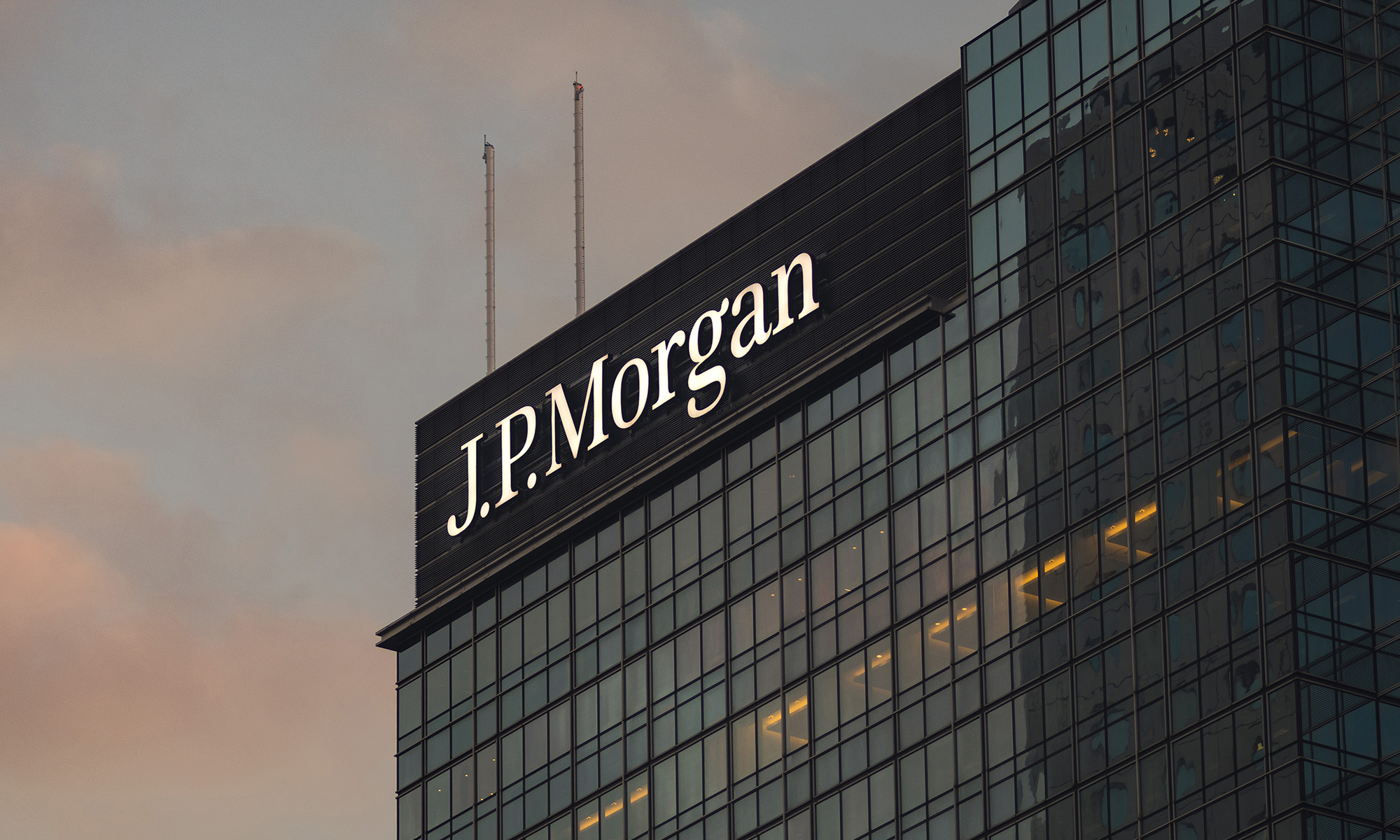JPMorgan Chase (JPM +1.04%) kicked off first-quarter earnings season for the bank industry last week, reporting a substantial increase in its quarterly profit compared to the year-ago period. Just as important as the quantitative results are the insights shared by the bank's executives on its conference call with analysts. Given this, I mined through the transcript of the call and found five particularly interesting insights relevant to investors.
1. Bringing back Glass-Steagall?
A few weeks ago, the president's chief economic advisor and former Goldman Sachs partner, Gary Cohn, intimated that he's in favor of reinstituting the Glass-Steagall Act of 1933. This is a big deal for universal banks like JPMorgan Chase, because it would mean that they would have to once again separate their investment and commercial banking operations, as they did in the Great Depression.
But JPMorgan Chase's chief financial officer, Marianne Lake, doesn't think this commentary will actually lead anywhere:
I would also say that the commentary feels unnecessary given where the industry stands on capital liquidity and regulatory reform broadly. And I would further say that it doesn't feel . . . consistent with a level playing field and pro-growth agenda in the U.S. So that's kind of how we feel about it. I can't give you specific reasons to not continue to monitor the situation. But it doesn't feel consistent with the rest of the objectives of the administration.
2. Mortgage regulations need reform
Given that the financial crisis was driven by a mortgage-fueled housing bubble, it should come as no surprise that this was one of the first places policymakers looked to ensure that something similar wouldn't happen again. In the opinion of Chairman and CEO Jamie Dimon, however, they went too far and have since meaningfully impacted economic growth.
Referencing his latest shareholder letter, Dimon noted that:
My point was about the United States of America and what these things did to the availability of credit to a certain class of people. . . . And the shocking thing to me is the absolute size of that, which we think could be $300 billion to $500 billion a year. That one thing alone could have added -- because of a secular stagnation, could have added 0.3% or 0.4% a year to growth. So if you'd changed it five years ago, you're talking about a lot of growth, a lot of jobs, a lot of new homes, a lot of young families into homes and a very positive thing without taking a lot of extra credit risk.

JPMorgan Chase Chairman and CEO Jamie Dimon. Image source: JPMorgan Chase.
3. Brick-and-mortar retail isn't dead
One of the principal narratives pulsing through the markets right now concerns the ongoing decline in bricks and mortar retailers. As e-commerce continues stealing market share, many of the one-time leaders of the industry such as Sears and JCPenney are now focused on shuttering existing stores as opposed to opening new ones.
But while the direction of this trend is undeniable, both Lake and Dimon believe that the rate of decline isn't as steep as analysts and commentators have implied.
Here's Lake (emphasis added):
And I would tell you that while there obviously is a lot of discussion around retail, and with some merit, it's very case-by-case, location-by-location specific. I liken [it] to discussions we have around our bricks-and-mortar banking businesses. The way consumers engage with retail is changing, but it doesn't mean they will stop engaging with retailers. So it will be very specific with respect to location and tenants. And it doesn't necessarily mean that retail is going to be in as much potential trouble as I think people are talking about. So we remain cautiously watching it but also cautiously optimistic that it's not -- that it's a bit overblown.
And here's Dimon:
When you put it all together, it's a little bit like there'll be something there, but it's nothing that will be dramatic when it's happening.
4. On politics and loan growth
Consumer and business confidence shot up following the presidential election as a result of Trump's pro-growth campaign platform. But this has yet to stimulate loan growth, which is a critical lever to accelerate broader economic growth. If anything, in fact, commercial lending stalled in the first quarter.
This isn't promising, but Dimon doesn't think people should read too much into either:
I wouldn't overreact to the short term in the loan growth because there are so many things that affect it. . . . It was slow, but it was OK. So I wouldn't overreact to that.
[W]hen you have a new president and they get going, that the nine months after the 100 days is going to be a sausage-making period. There will be ups and downs, wins and losses, stuff like that, OK? But it is a pro-growth agenda, tax, infrastructure, regulatory reform. That is a good thing, all things being equal. And we think that if that took place, it would be helpful to Americans. But to expect it to be smooth sailing would just be silly.
5. The benefit of higher interest rates
Last but not least, Lake updated analysts and investors about how much additional net interest income JPMorgan Chase expects to earn given the upward trend in interest rates -- the fed funds rate in particular.
Following the Fed's rate hikes in December and March, and assuming that rates remain flat for the rest of the year, the bank's full-year net interest income should climb by $4 billion compared to 2016. And if rates travel further down the path implied by the Federal Reserve's dot plot, which suggests that two more rate hikes are in store this year, then JPMorgan Chase's net interest income could increase on a year-over-year basis by $4.5 billion.
According to Lake:
With the addition of the March rate hike, we've updated our net interest income scenarios as follows. Rates flat from here, so the full year NII would be up around $4 billion. Based on the implied, NII would be up by around $4.5 billion. And of course, the Fed dots would imply the possibility of 3 rate hikes this year, which is not fully priced in. So expect second quarter NII to be up sequentially, approximately $400 million, consistent with what we saw this quarter.
In short, given the upward trend in interest rates and the pro-growth initiatives being pursued in Washington, the future looks bright for elite banks like JPMorgan Chase.






